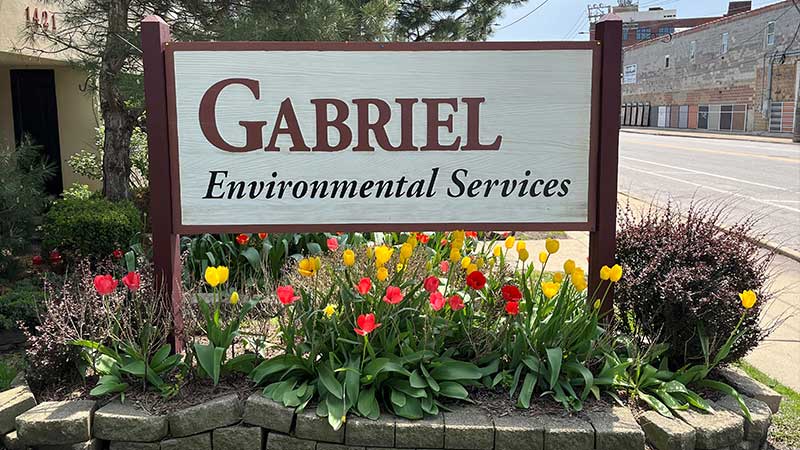About Gabriel Environmental Services
Gabriel Environmental Services is a multi-disciplinary environmental consulting firm headquartered just northwest of downtown Chicago.
We have been providing site assessment services, environmental testing and monitoring, and laboratory analysis to a wide variety of clients since 1973. Our main offices are situated just north of downtown Chicago and feature award-winning landscaping.

Gabriel is proud to be a winner of the Governor’s Sustainability Award and an 8-time winner of the City of Chicago landscape award
Personalized attention, value, accuracy and a commitment to sustainability continue to be our overriding objectives and have made us one of the largest, most respected firms in the Midwest. We consistently seek to make ourselves the “go to” consultants in the region.
Our 3000+ clients include banks, real estate brokers, developers as well as industrial, commercial, and government agencies and health care organizations. We count many Fortune 500 companies among those we serve.
Gabriel also owns Turnkey Environmental Consultants, a division that specializes in industrial hygiene, indoor air quality, asbestos and Phase I services. In addition, we partner with Environmental Services Group, a laboratory and consulting firm located in Indianapolis.
We employ over 50 people, including engineers, chemists, geologists, hydrogeologists, and technicians trained in environmental management and laboratory analysis.
